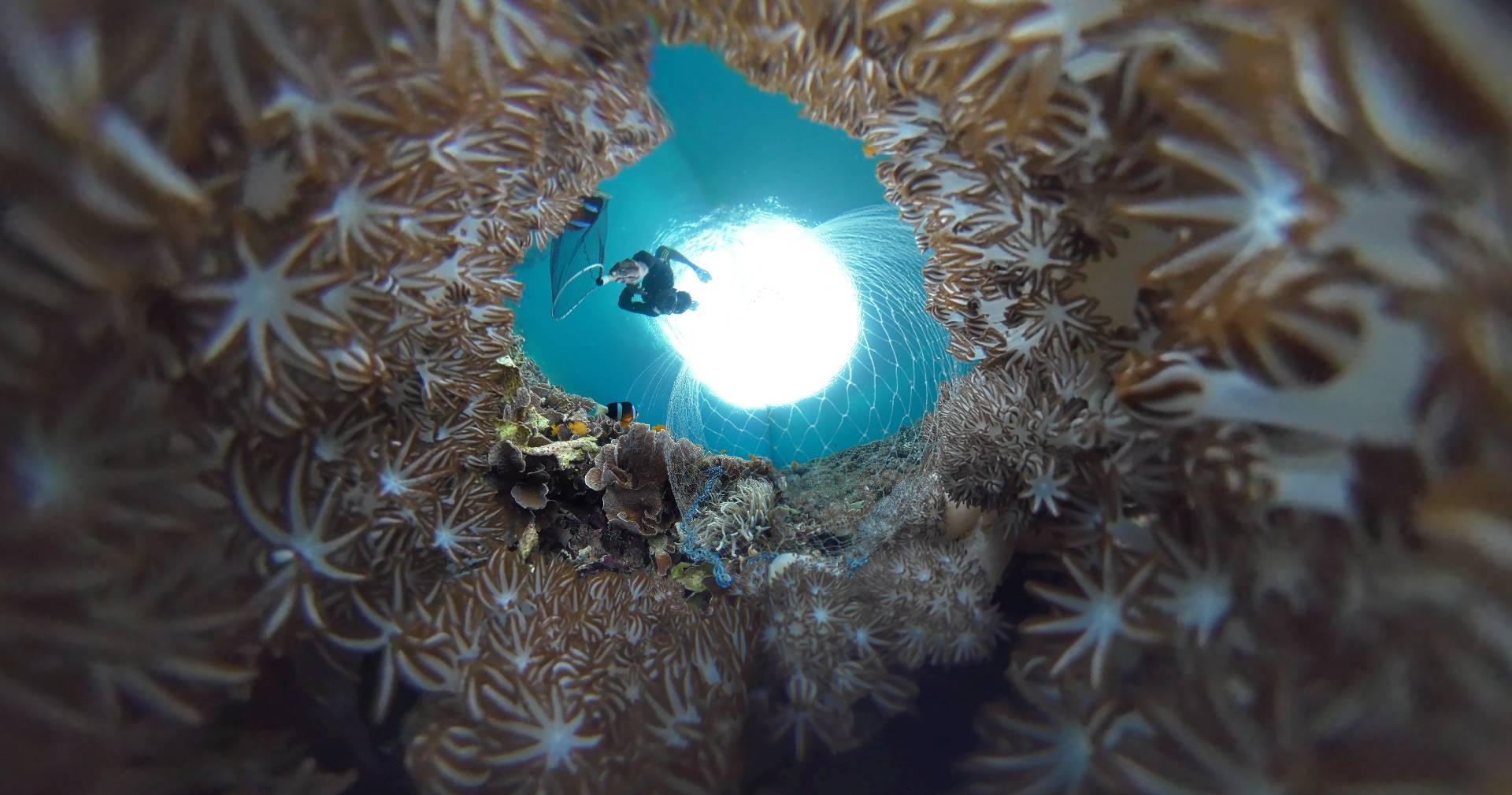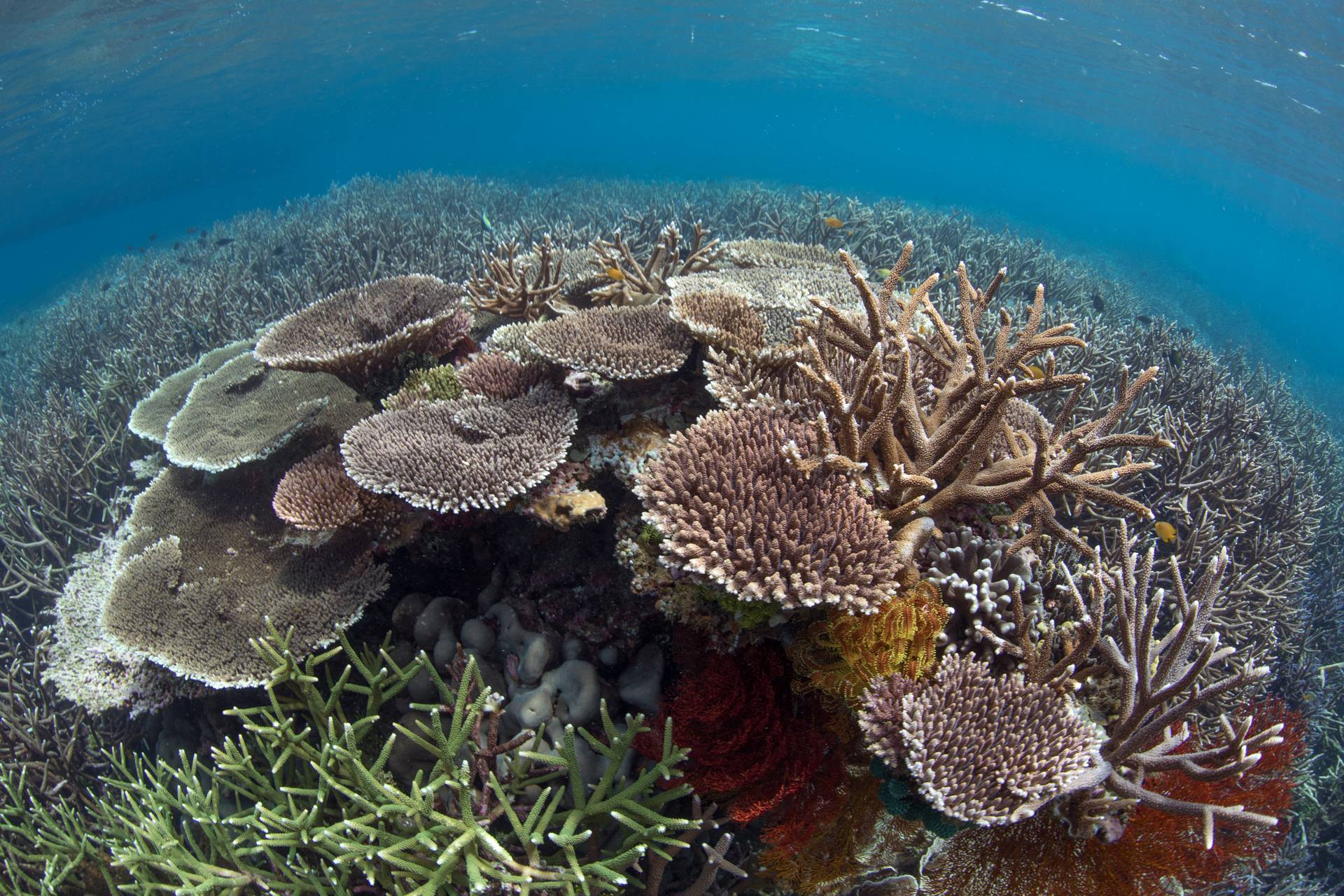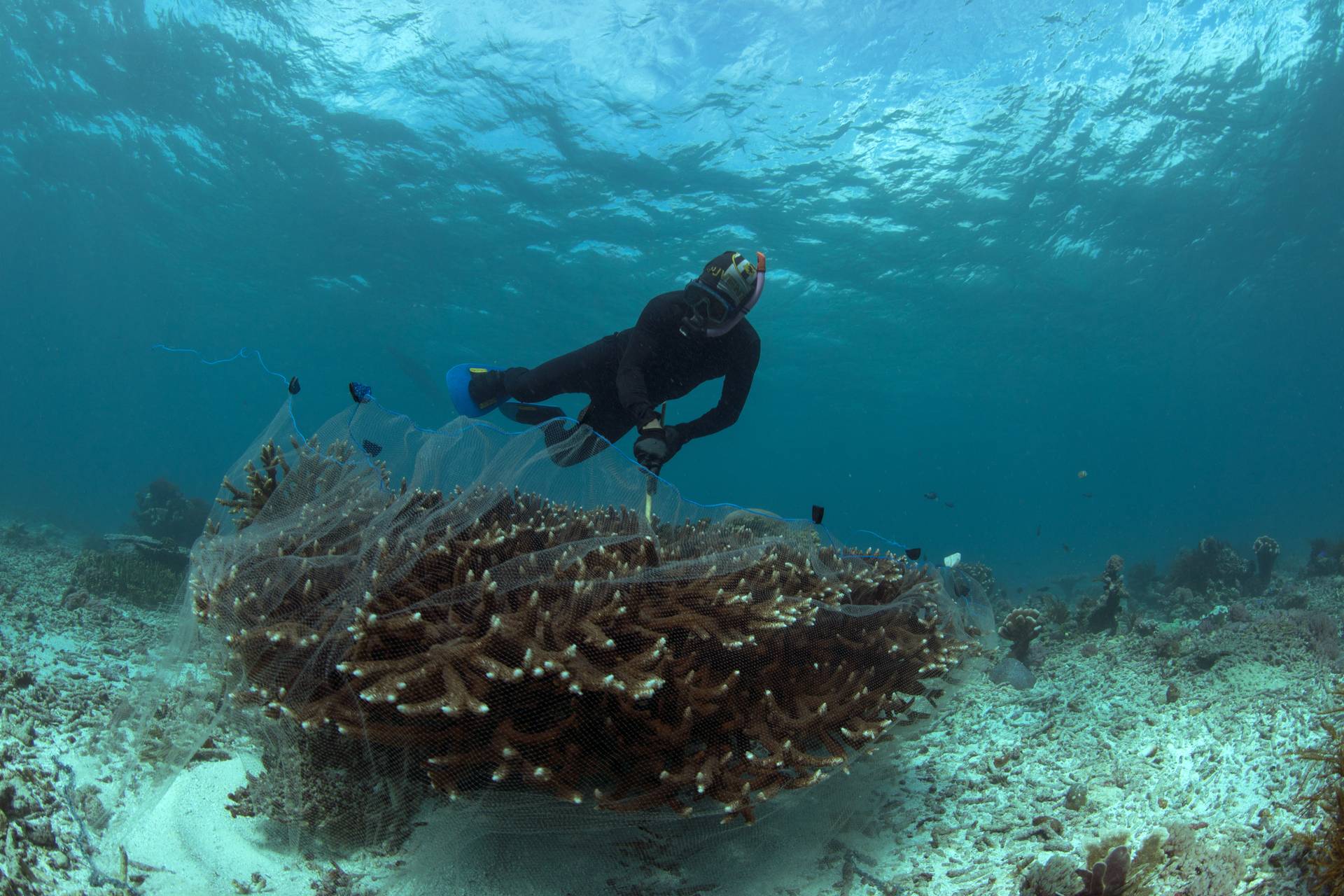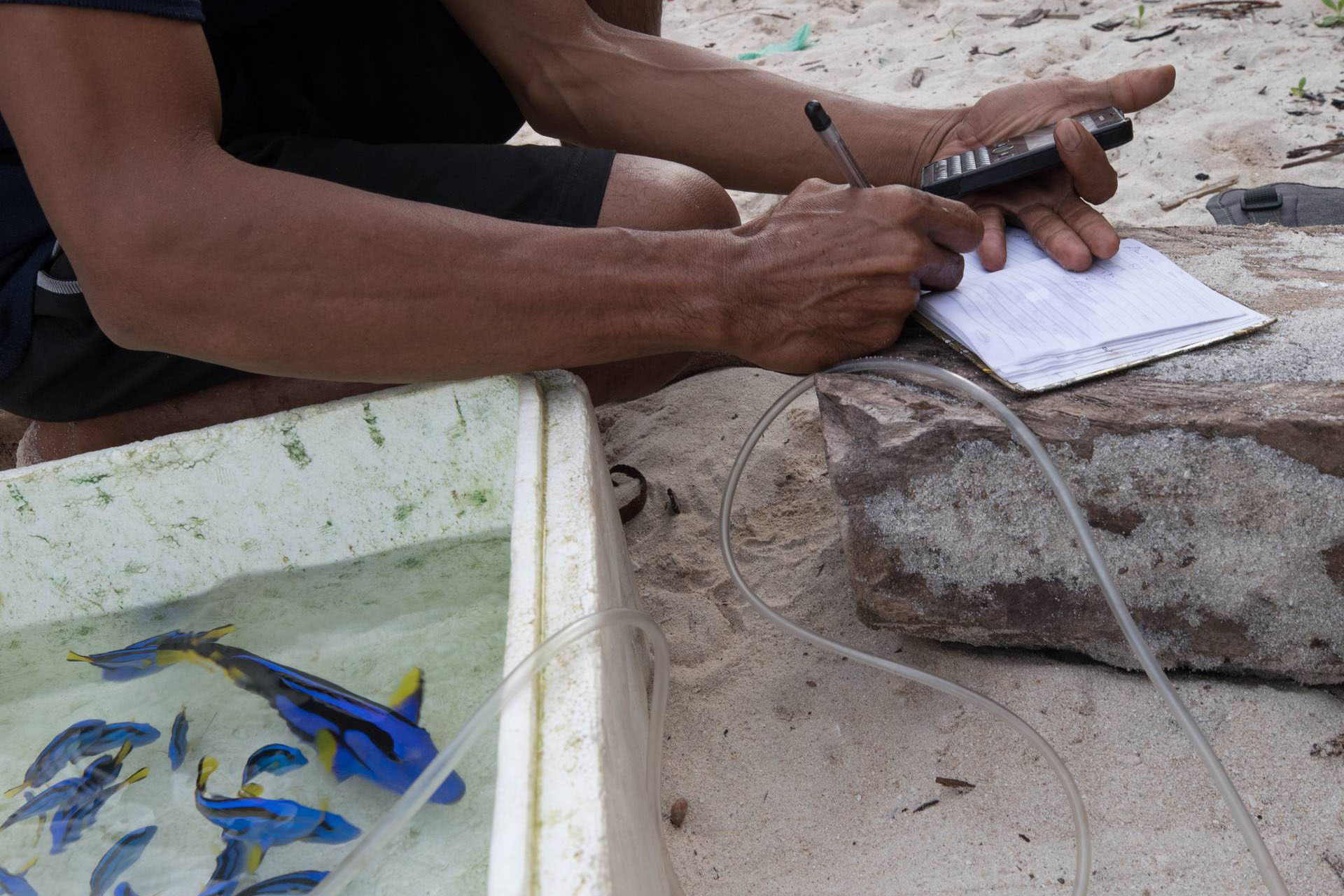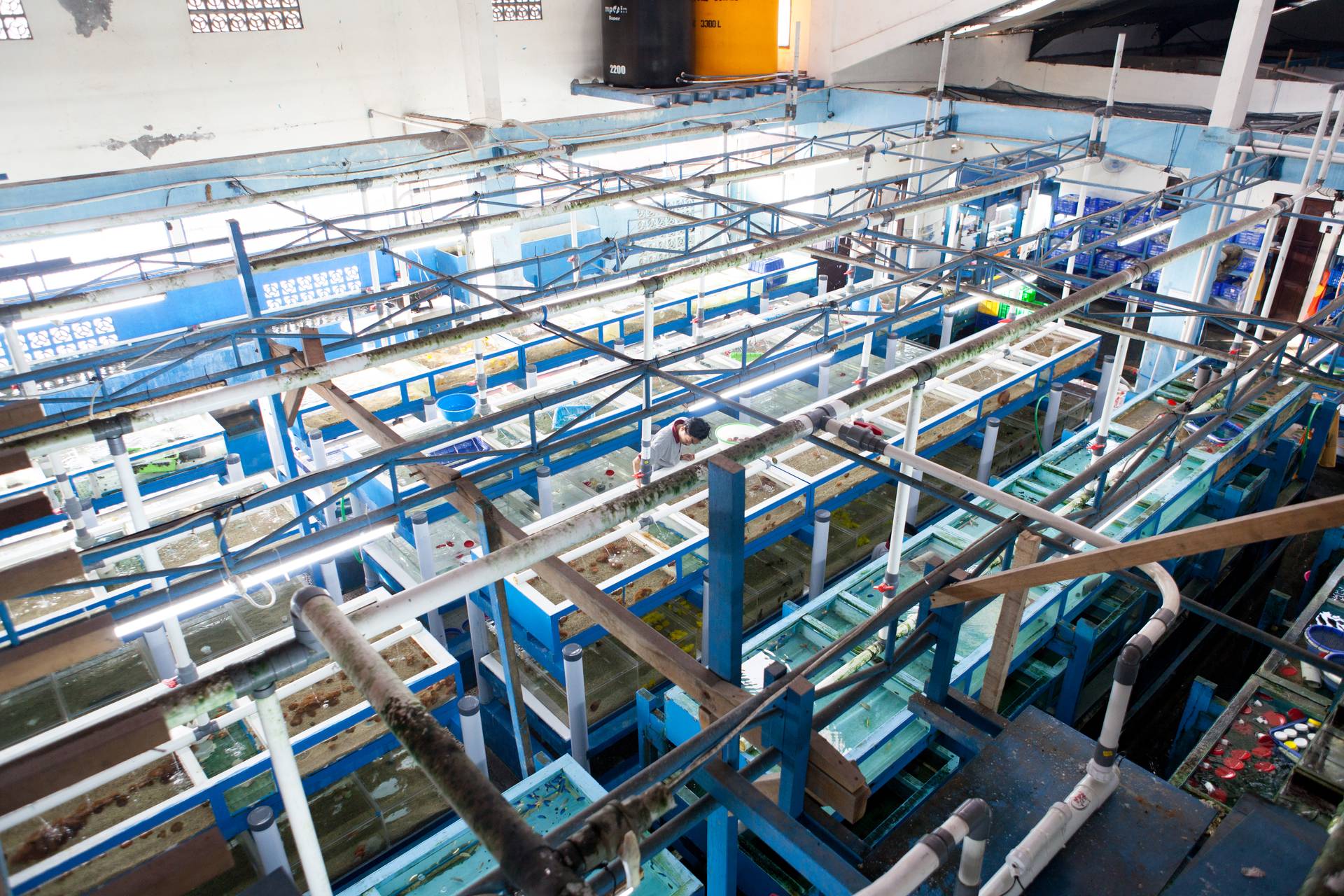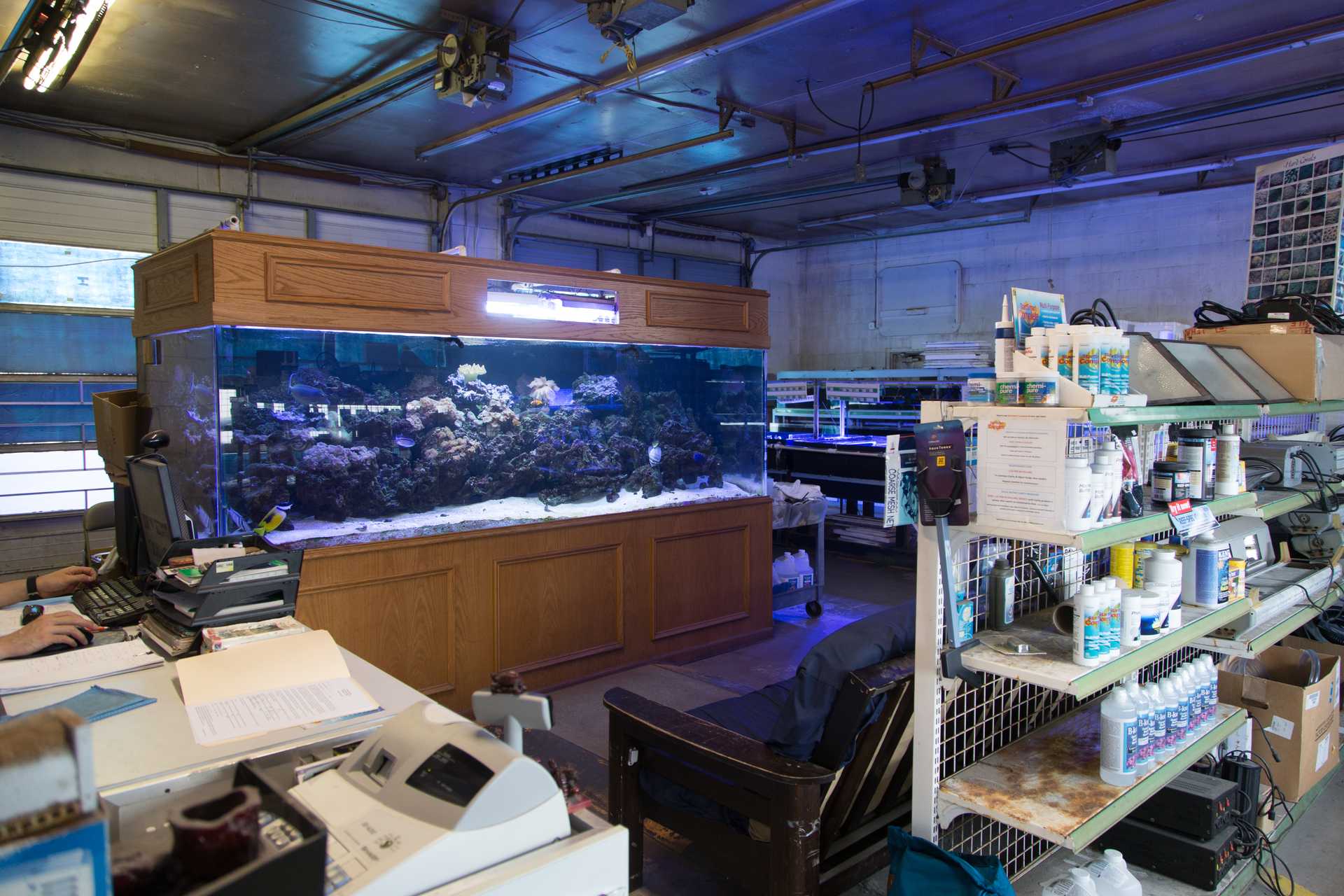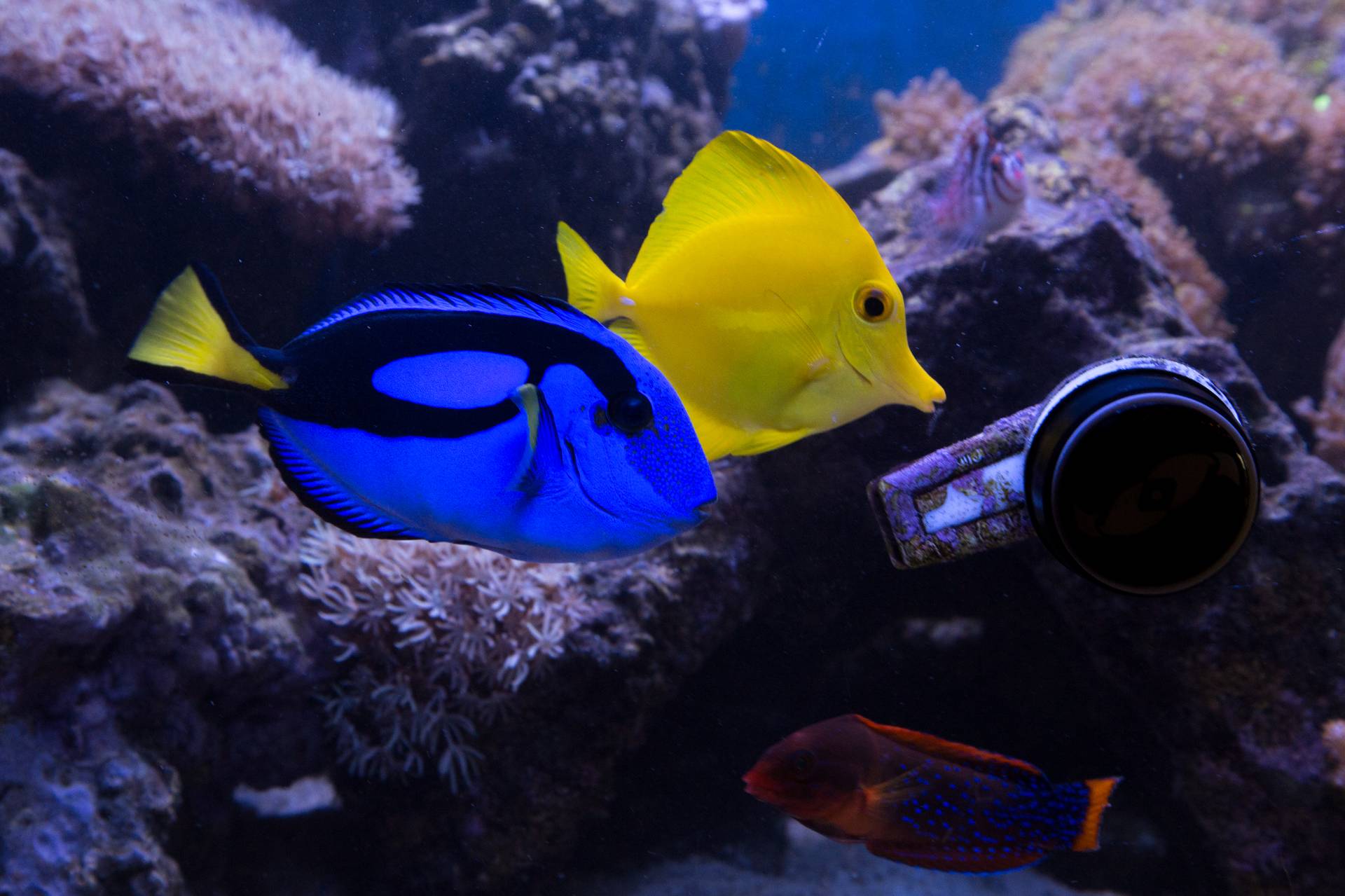Supported by:

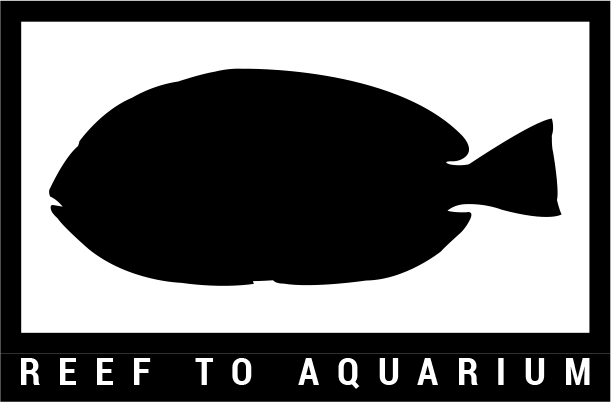
Tracing the Marine Aquarium Fish Trade
The blue tang is one of the most popular fish in the marine aquarium trade. As the star species in the film Finding Dory, these fish are in high demand. Unlike Nemo, a common clownfish, Dory cannot be easily bred in captivity. This creates a global supply
chain that connects fishermen in small islands with hobby aquarists on the other side of the world.
A team of National Geographic Explorers has documented Dory's little-known passage from reef to aquarium by living with, photographing, filming, and interviewing the people that drive this global trade.
Now, it’s your time to explore.
The Trade
Explore the six key stops in the global aquarium trade when transporting Dory from the coral gardens of Indonesia, to the land-locked homes in the United States
Steps to a Sustainable Hobby
1. Buy responsibly
Want to buy your saltwater aquarium fish from a company you can stand behind? Check out LiveAquaria and Quality Marine for fish you can feel good about buying.
2. Circumvent cyanide
To avoid cyanide-caught fish altogether, purchase fish that reliable sources where aquarium fish are never collected using cyanide. Learn more here.
3. Raise consumer awareness
Want to know whether a fish species is bred in captivity or wild-caught? The app Tank Watch: The Good Fish / Bad Fish Tool for Saltwater Aquariums helps you find reef-friendly species.
4. Support sustainable solutions
Put your money into action by donating to not-for-profit organizations like LINI that are at the forefront of developing sustainable approaches for collecting saltwater aquarium fish.
5. Don’t free Dory
It is critical that aquarium fish are not released into the wild. Keeping fish like Dory at home, or giving them to a friend, helps prevent species invasions that endanger local plants and animals.
The Team
Meet the Reef to Aquarium team of National Geographic Explorers
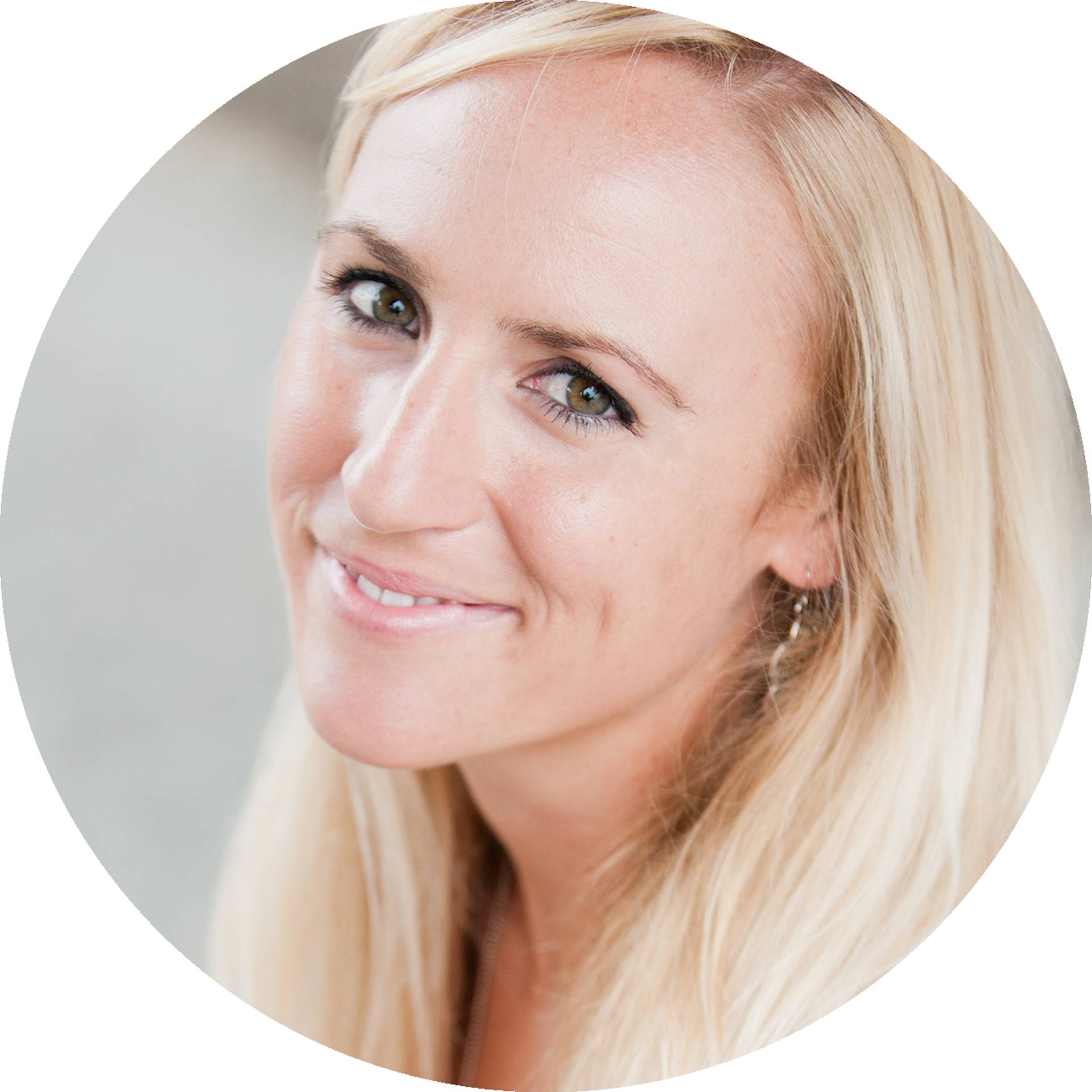
Shannon S. Swanson
Shannon is a waterwoman, photojournalist, and marine social ecologist from San Diego, California. Her research blends theory and practice from the fields of anthropology, psychology, and marine ecology to address today’s most pressing marine conservation issues. Shannon works with coastal communities in Southeast Asia and Oceania to understand how they can most effectively manage their resources to sustain both prosperous livelihoods and a healthy environment. Shannon holds a masters in coastal management from Duke. As a PhD student in the Emmett Interdisciplinary Program in Environment and Resources at Stanford University she explores new research methods using film and photography to engage community members as active participants in the research process.

Andrea J. Reid
Andrea is a fish biologist, diver, and conservationist. Her research blends ecology, physiology, and sociology to study stressed-out fish and fisheries across the globe: East Africa; Southeast Asia; Oceania; and the Pacific Northwest. She mixes quantitative and qualitative research methods to holistically approach fish conservation and management. She holds a BS in Environmental Science and MS in Biology, both from McGill University. For her PhD in Biology at Carleton University and the University of British Columbia, she has been awarded a NSERC Alexander Graham Bell Canada Graduate Scholarship in support of her work on Pacific salmon bycatch. She strives to engage indigenous community members as active research participants and is herself a member of the northern, coastal Nisga’a Nation.
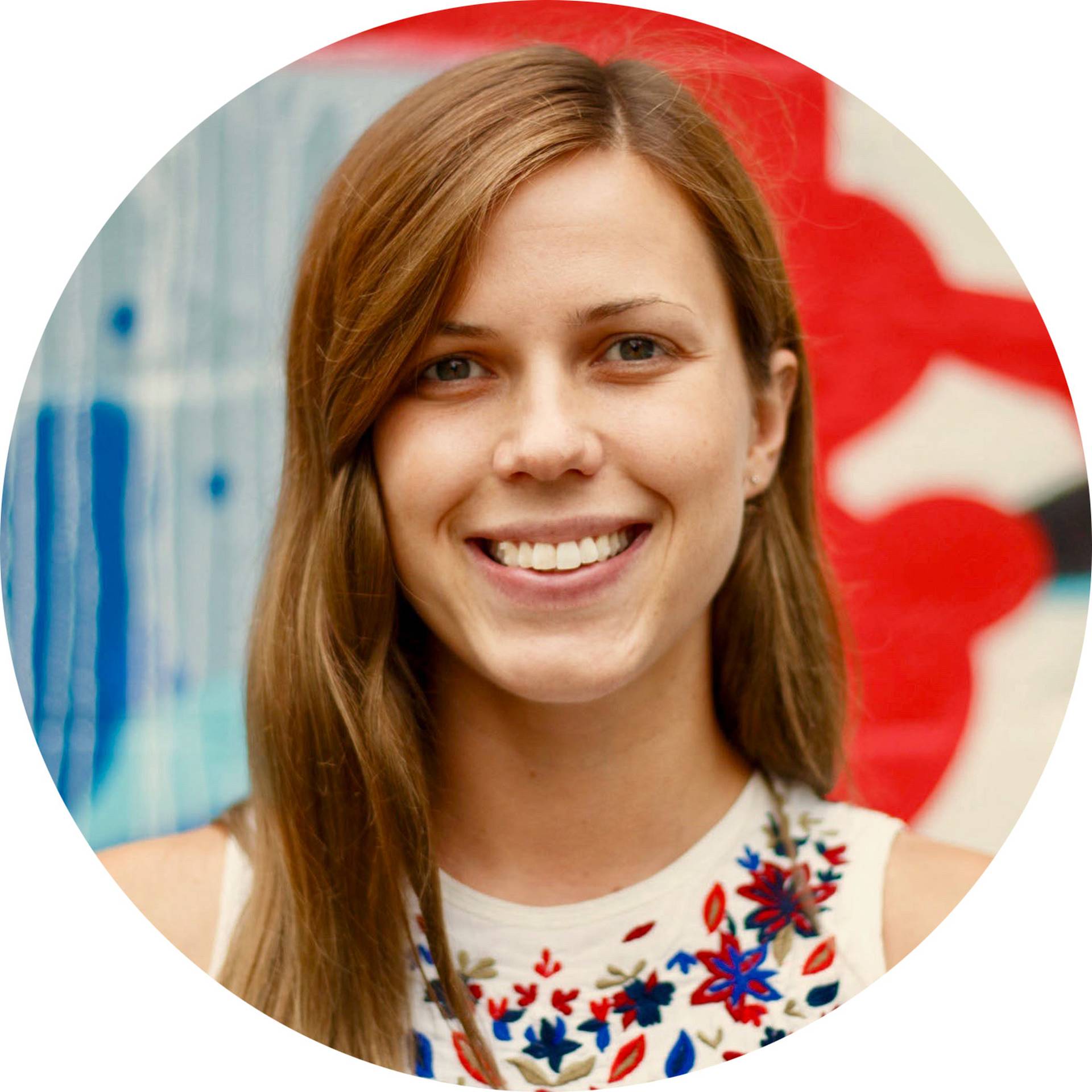
Mikayla A. Wujec
Mikayla is a photographer, science communicator and environmental scientist. Her work fuses technology, storytelling, and research to communicate science to help educate and empower citizens and decision-makers to generate sustainable solutions for our planet. Mikayla has lived and worked in North America, Southeast-Asia, and the Indo-Pacific to study vulnerable marine species and the ecological and cultural systems they support. She couples research with storytelling via film, photography, and writing to build awareness and inspire action for these and other global issues facing our planet. She is a published writer, photographer, and videographer and has worked with conservation organizations, governments and businesses to create programs with measurable change.

Caleb L. Kruse
Caleb is a marine biologist and technologist. Growing up in landlocked Colorado Springs, he was inspired to study marine Biology at Stanford University after starting a 90-gallon saltwater aquarium in high school. He loves field work, and has worked in Sri Lanka, southern Patagonia, aboard a tall ship in the Line Islands, and the Stanford Medical School. He was named a National Geographic explorer to create The Ice Cream Expedition, a cross-country road trip in an ice cream truck to speak to children about exploration and conservation. He has also worked with National Geographic on The Highest Road Expedition in the Indian Himalayas, and to launch a balloon into the stratosphere for the solar eclipse. He currently works for Leap Motion, a computer vision and virtual/augmented reality company.
